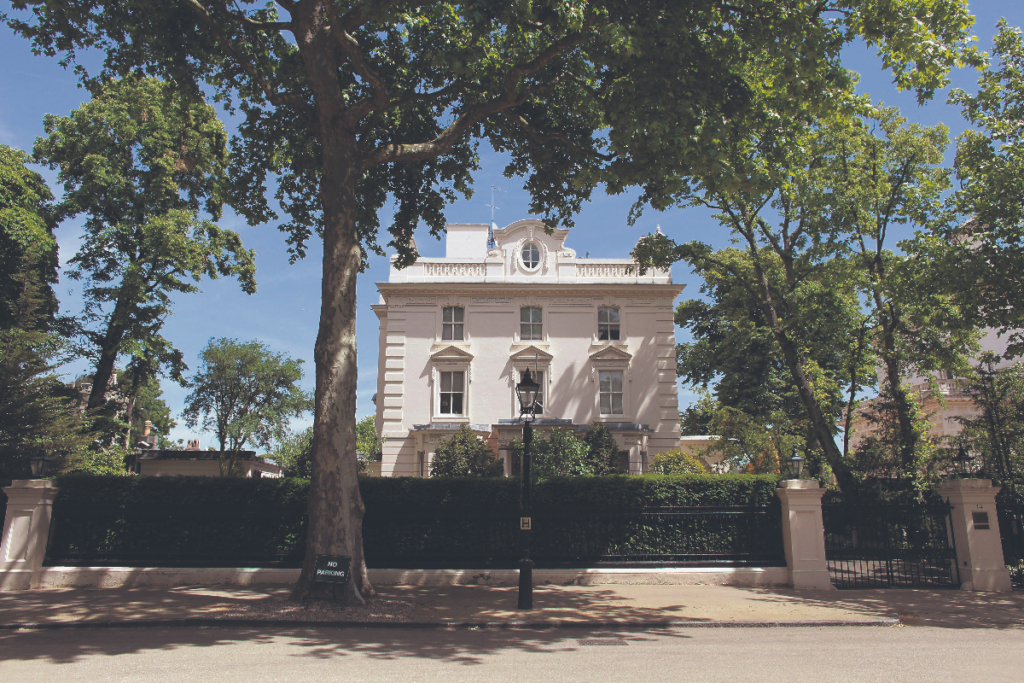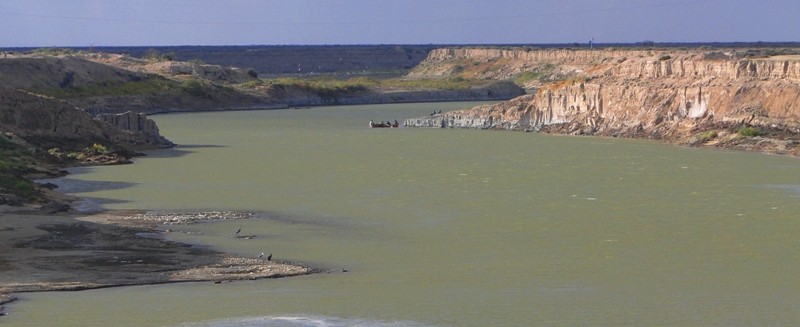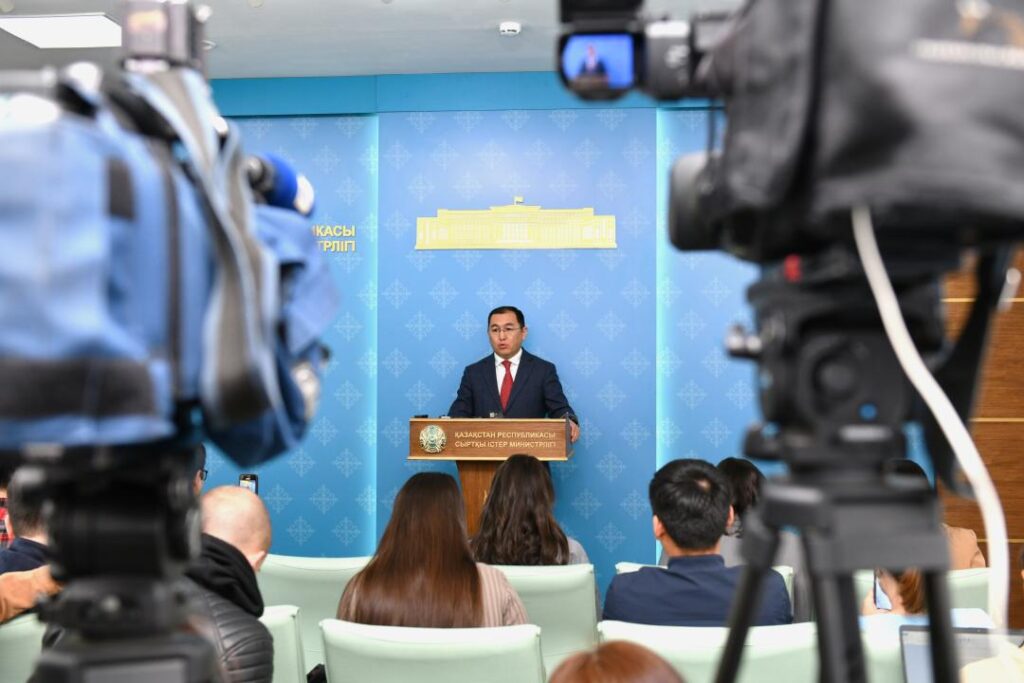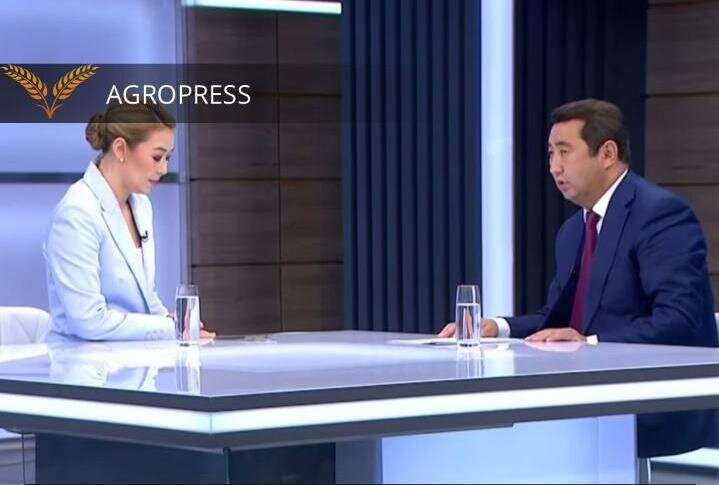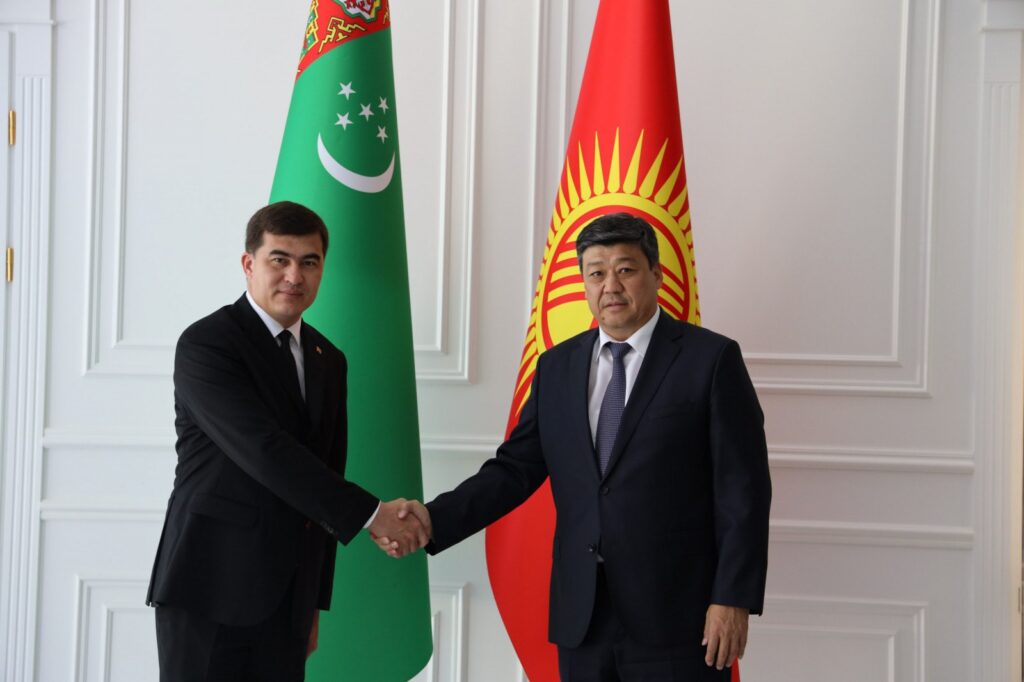ASTANA (TCA) — Eight subsidiaries of Kazakhstan’s national wealth fund Samruk-Kazyna have signed agreements with the Atameken National Chamber of Entrepreneurs of Kazakhstan on cooperation aimed at supporting domestic producers, Atameken reported on May 19.
The signing ceremony was attended by Atameken’s Chairman of the Board Ablay Myrzakhmetov and heads of subsidiaries of the Fund Samruk-Kazyna: JSC KazMunaiGas, JSC Kazakhstan Temir Zholy, JSC KEGOC, JSC Samruk-Energo, JSC Kazakhtelecom, JSC Kazatomprom, JSC Kazakhstan Engineering, and JSC Tau-Ken Samruk.
“Protection of the interests of domestic producers is a key objective of Atameken. In 2014, we signed a memorandum with the management of Samruk-Kazyna. In December last year we prepared a detailed agreement… Thanks to the joint work, we have managed to conclude nearly 1,000 contracts worth 410 billion tenge,” Myrzakhmetov said at a briefing prior to the signing of the documents.
He added that these eight companies account for 94 percent of all purchases of Samruk-Kazyna, amounting to 3.2 trillion tenge.
“In the current economic conditions, there was a serious contraction in demand. This is the number one problem that troubles all entrepreneurs. 80 percent of them experience difficulties in marketing their products. Under these conditions, the purchase is a good way to support domestic producers,” he said.
Myrzakhmetov added that the key task is to ensure import substitution without violating Kazakhstan’s WTO commitments. Long-term contracts are allowed by the WTO and it is the most effective mechanism to support domestic producers, he said.


